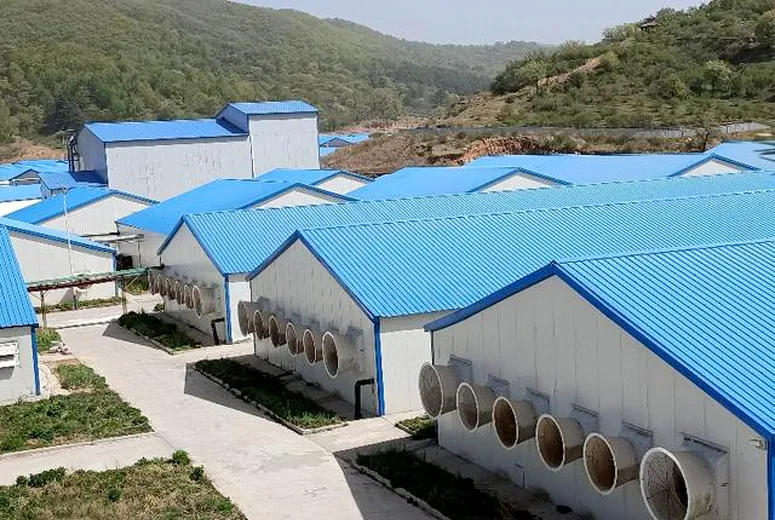- Afrikaans
- Albanian
- Amharic
- Arabic
- Armenian
- Azerbaijani
- Basque
- Belarusian
- Bengali
- Bosnian
- Bulgarian
- Catalan
- Cebuano
- Corsican
- Croatian
- Czech
- Danish
- Dutch
- English
- Esperanto
- Estonian
- Finnish
- French
- Frisian
- Galician
- Georgian
- German
- Greek
- Gujarati
- Haitian Creole
- hausa
- hawaiian
- Hebrew
- Hindi
- Miao
- Hungarian
- Icelandic
- igbo
- Indonesian
- irish
- Italian
- Japanese
- Javanese
- Kannada
- kazakh
- Khmer
- Rwandese
- Korean
- Kurdish
- Kyrgyz
- Lao
- Latin
- Latvian
- Lithuanian
- Luxembourgish
- Macedonian
- Malgashi
- Malay
- Malayalam
- Maltese
- Maori
- Marathi
- Mongolian
- Myanmar
- Nepali
- Norwegian
- Norwegian
- Occitan
- Pashto
- Persian
- Polish
- Portuguese
- Punjabi
- Romanian
- Russian
- Samoan
- Scottish Gaelic
- Serbian
- Sesotho
- Shona
- Sindhi
- Sinhala
- Slovak
- Slovenian
- Somali
- Spanish
- Sundanese
- Swahili
- Swedish
- Tagalog
- Tajik
- Tamil
- Tatar
- Telugu
- Thai
- Turkish
- Turkmen
- Ukrainian
- Urdu
- Uighur
- Uzbek
- Vietnamese
- Welsh
- Bantu
- Yiddish
- Yoruba
- Zulu
Nov . 27, 2024 18:15 Back to list
Understanding Agricultural Barn Prices Factors and Trends
The agricultural sector plays a critical role in feeding the world and sustaining rural economies. One vital aspect of this sector is the infrastructure that supports farming operations, particularly agricultural barns. These structures serve as storage facilities for crops, livestock shelter, equipment storage, and sometimes even retail space. Therefore, understanding agricultural barn prices is essential for farmers, investors, and anyone interested in the agricultural industry.
Factors Influencing Agricultural Barn Prices
1. Material and Construction Costs The cost of materials such as lumber, steel, and concrete can significantly influence barn prices. Over the last few years, fluctuations in these material costs due to supply chain disruptions, tariffs, and changing market demands have led to increasing construction expenses. Consequently, farmers need to consider these factors when planning their investments in agricultural infrastructure.
2. Size and Design The size and design of a barn greatly impact its price. Larger barns that can accommodate more livestock or equipment are generally more expensive. Additionally, more complex designs, such as those incorporating specialized features like ventilation systems, insulation, or energy-efficient technologies, will also lead to higher costs. Farmers often grapple with the balance between cost and functionality when designing their barns.
3. Location The location of the barn can also influence its price. In regions where agriculture is a dominant industry, competition for land may drive up prices. Furthermore, barns located in areas prone to severe weather conditions may need to be constructed to higher standards, which may also increase costs. Proximity to markets, suppliers, and resources can affect transportation costs, contributing further to the overall price of agricultural barns.
4. Local Regulations and Permits Different regions have various zoning laws and building codes affecting agricultural buildings. Obtaining the necessary permits can incur additional costs that farmers need to consider when budgeting for a barn. Compliance with environmental regulations, especially regarding waste management and emissions, can also necessitate the incorporation of specific technologies into barn designs, further influencing their pricing.
agricultural barn prices

5. Market Demand and Economic Factors The overall economic environment and specific agricultural markets play significant roles in determining barn prices. For instance, fluctuations in commodity prices can impact farmers’ revenues, influencing their willingness and ability to invest in new infrastructure. Periods of agricultural prosperity may see increased demand for barns, pushing prices higher, while economic downturns may have the opposite effect.
Current Trends in Agricultural Barn Prices
In recent years, trends in agricultural barn prices have reflected broader economic influences and shifts within the agricultural industry itself. The rise of sustainable farming practices has led many producers to invest in barns that incorporate eco-friendly materials and technologies, which, while initially more expensive, can lead to long-term savings and increased efficiency.
Additionally, advancements in technology have begun affecting the design and construction of agricultural barns. Smart barns, equipped with automation and monitoring systems, are becoming more popular, offering improved management of resources such as water and feed. The investment in such technologies can elevate initial costs but is often offset by the long-term efficiency gains.
Moreover, the ongoing growth in e-commerce and agritourism has led some farmers to modify their barns to incorporate retail spaces, further diversifying their income streams. The flexibility to adapt barns for multiple functions can play a pivotal role in determining pricing structures within the market.
Conclusion
Understanding agricultural barn prices involves more than just knowing the current market rate; it requires a holistic view of the numerous factors and trends that influence these prices. With input costs fluctuating, regulatory requirements evolving, and consumer preferences shifting, farmers and stakeholders must remain vigilant and informed. By carefully considering these elements, they can make informed decisions that align with their operational goals while ensuring sustainable investment in their agricultural futures. Ultimately, as the demands on agriculture continue to grow, the importance of investing in suitable infrastructure, like barns, cannot be overstated.
-
How Do Prefabricated Steel Structures Transform Modern Construction?
NewsJul.14,2025
-
How Do Prefabricated Metal Buildings Redefine Modern Construction?
NewsJul.14,2025
-
How Do Prefab Insulated Metal Buildings and Steel Structures Revolutionize Modern Construction?
NewsJul.14,2025
-
How Do Pre - Engineered Steel Structures Redefine Modern Construction?
NewsJul.14,2025
-
Advancing Modular Construction with Prefabricated Metal Structures
NewsJul.14,2025
-
Advancing Industrial Infrastructure with Prefabricated Steel Solutions
NewsJul.14,2025
Products categories
Our Latest News
We have a professional design team and an excellent production and construction team.












